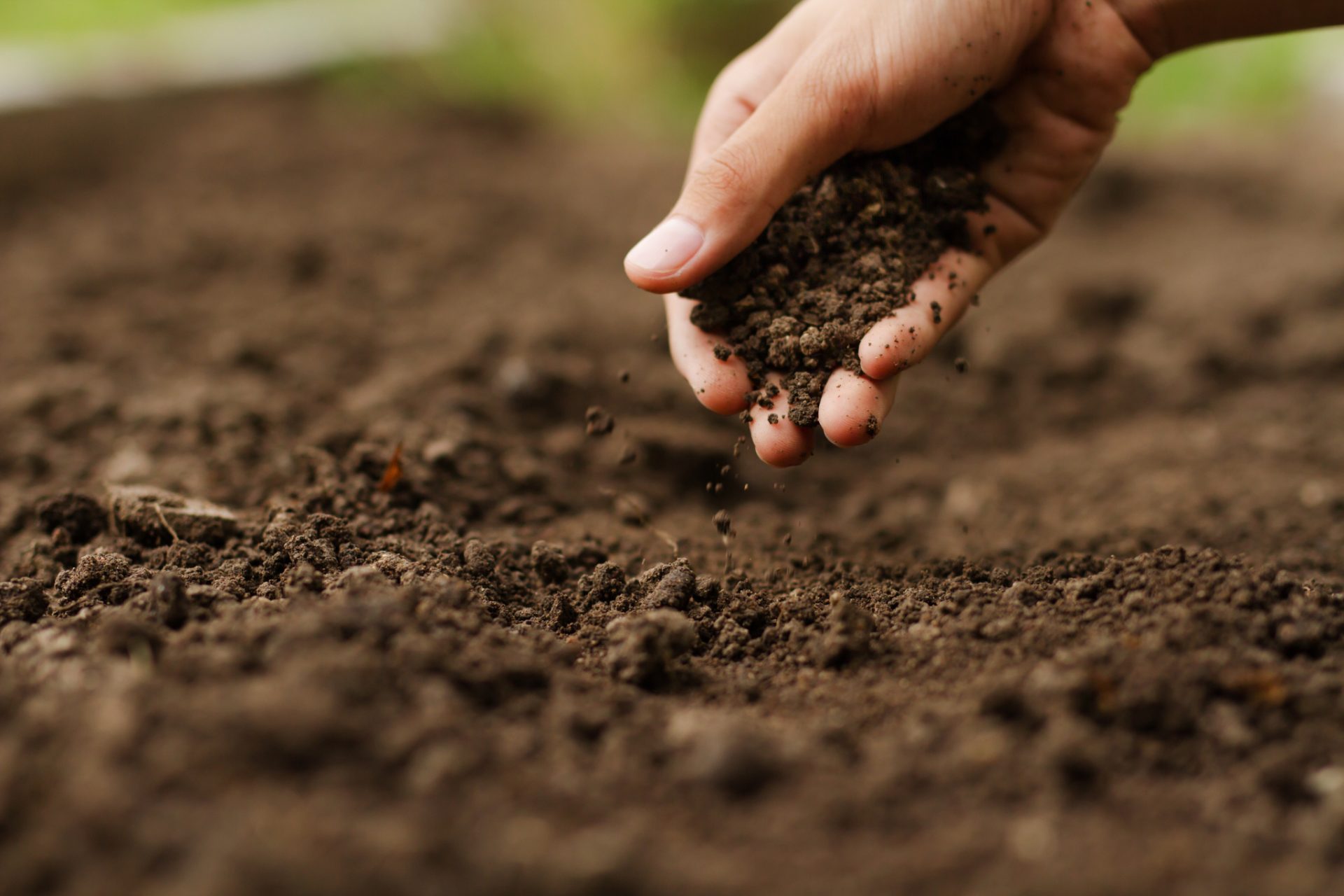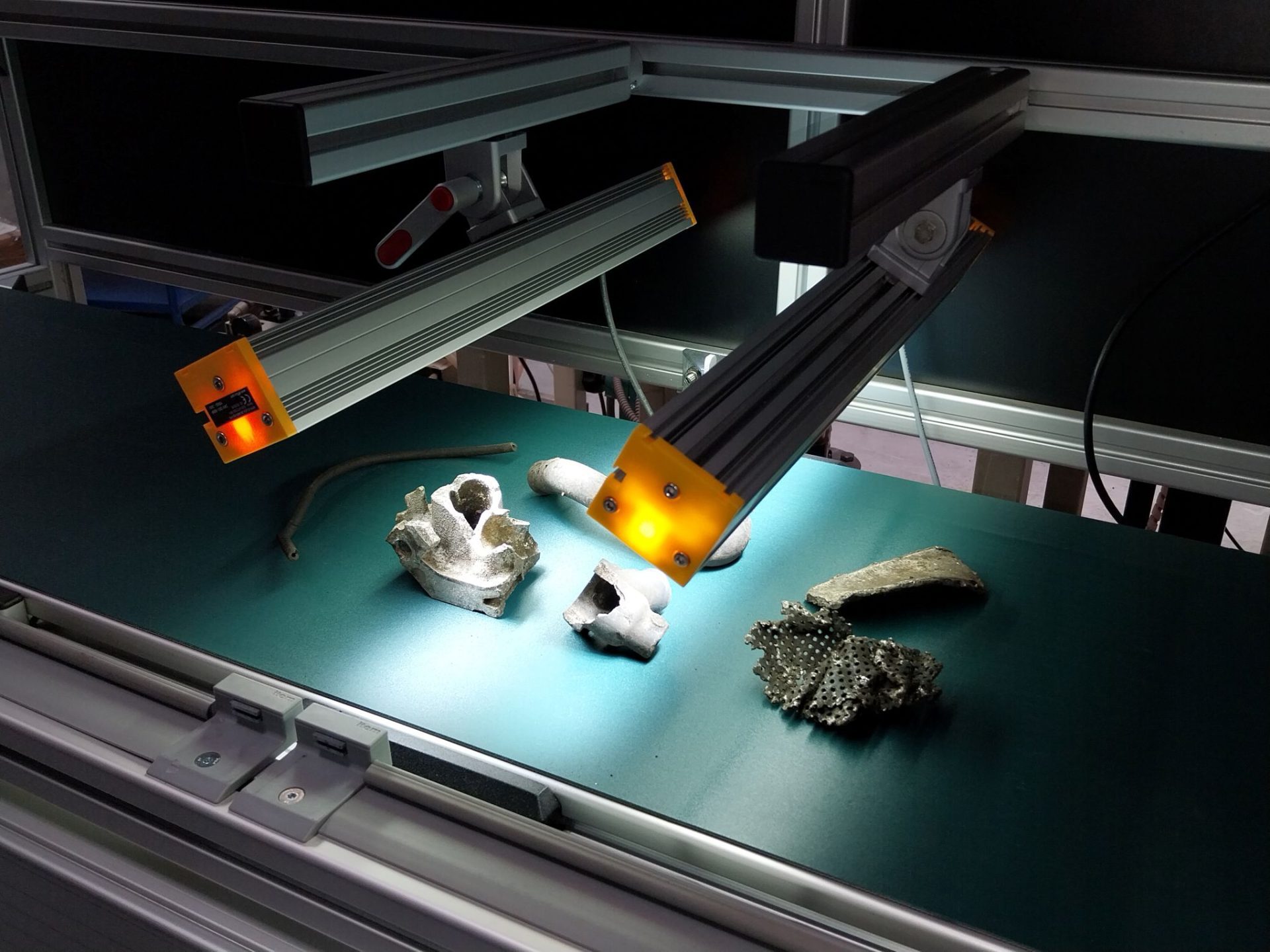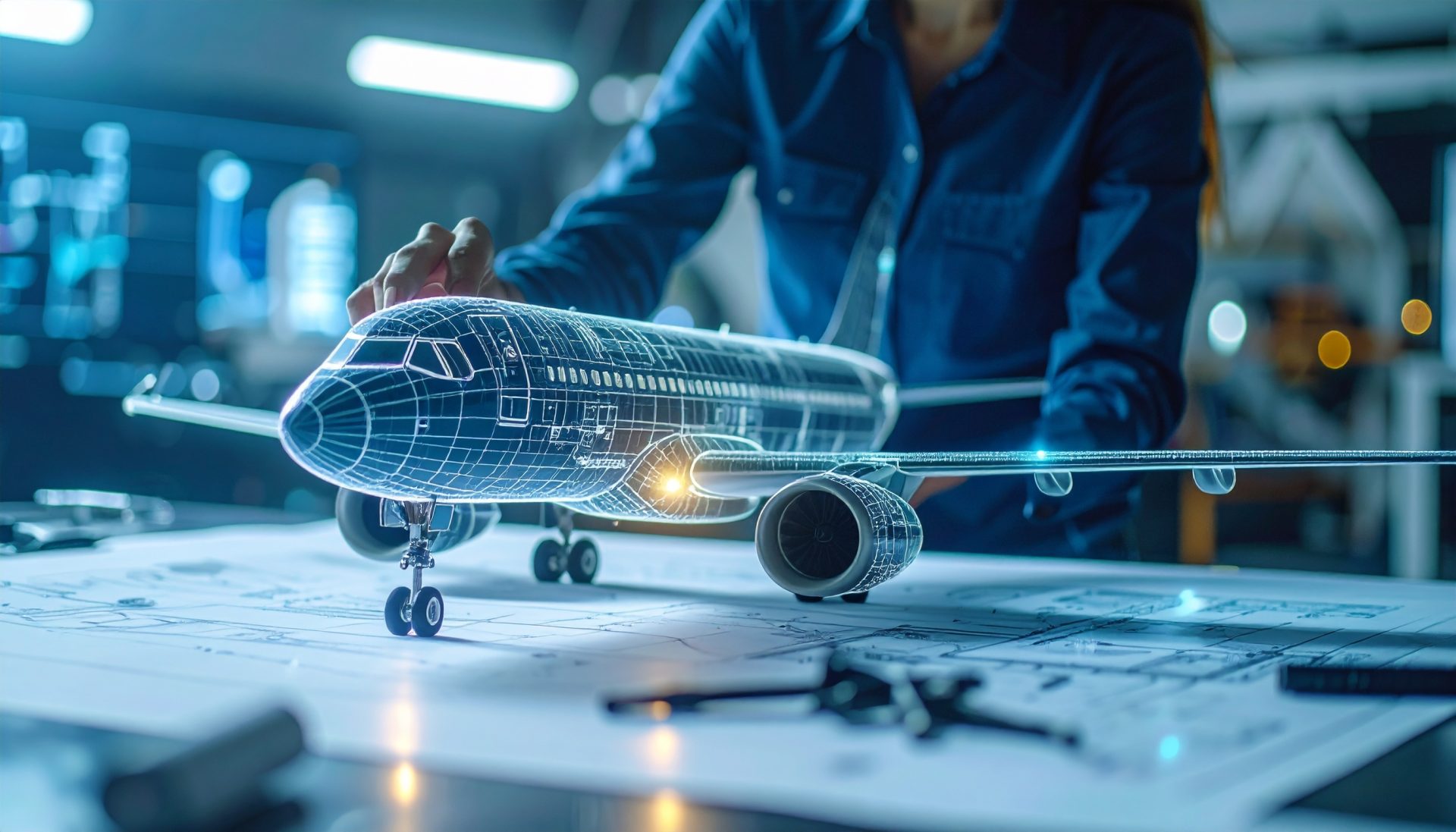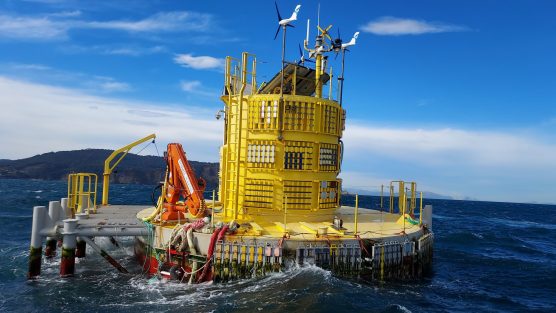Advances in the field of 3D bioprinting for manufacturing artificial blood vessels
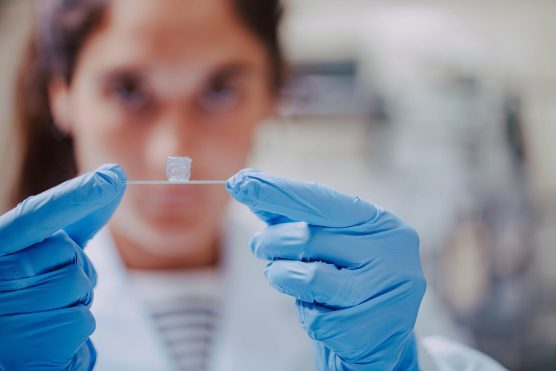
Researchers at CIC biomaGUNE achieve innovative combinations of biomaterials, nanoparticles and different printing techniques
This important advance in the development of materials for manufacturing increasingly realistic tissues has made it possible to print valves similar to heart valves
To investigate possible treatments for different diseases, animal models or human cell cultures are usually used initially; however, animal models do not always mimic human diseases well, and cultures are far from the complexity of tissue. Advances in 3D printing, together with knowledge of biomaterials, are making it possible to recreate complex 3D tissue models in the laboratory.
The Biofunctional Hybrid Materials group at CIC biomaGUNE, led by Ikerbasque researcher Dorleta Jimenez de Aberasturi, is studying how to combine advanced bioprinting techniques with nanomaterials to achieve tissue models containing vessels with different layers that can respond to external stimuli.
The body’s tissues are supplied with oxygen and nutrients by blood vessels, so it is important to develop new methods for manufacturing them. The more realistic the organ and tissue models are, the better we can understand the causes of different diseases, study the efficacy of new compounds with therapeutic potential, or even use them as grafts.
Doctors Dorleta Jimenez de Aberasturi, Uxue Aizarna and Malou Henriksen from CIC biomaGUNE have made significant advances in the field of 3D bioprinting to develop materials that allow the manufacture of tissue models that are increasingly closer to real tissues for laboratory research.
High-precision printers are used to manufacture these types of materials, whose ‘ink’ must have specific characteristics. One of the challenges in this field is to find materials that can be used for printing and also have optimal properties for cell survival. Both the printing method and the properties of these materials are very important in order to manufacture high-quality tissues quickly and accurately, which is why this field of research continues to innovate in order to achieve ever better results. It is also important to ‘find materials that can be combined to enable multi-material printing and thus create stable structures with different layers of each of these materials,’ says Jimenez de Aberasturi.
